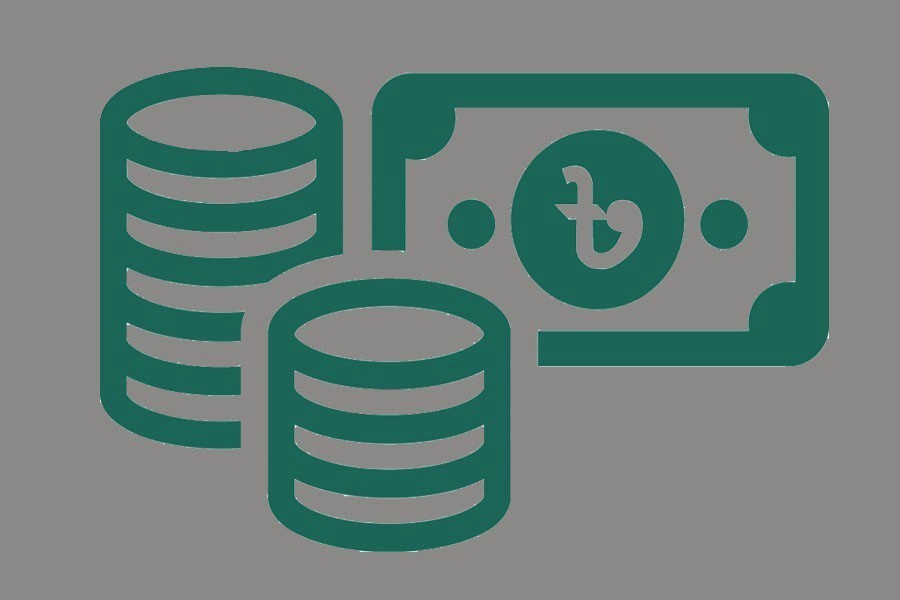Private-sector foreign borrowings are falling which entrepreneurs interpret as indicator of slower investment in the economy for pandemic-induced poor demand and higher cost of funds on the other hand.
Officials and bankers familiar with the developments, however, say the borrowings have now turned expensive in relation to the 9.0-percent cap on lending and local currency taka's appreciation over the US dollar.
They say after the rate rise in the US Fed funds will further be expensive from this source of borrowing for the local entrepreneurs as the dollar's supply side has now been tightened.
Local entrepreneurs procure such loans from a number of international financial institutions, and use the money for procuring machinery and raw materials for productive sectors.
Meanwhile, the approved loans at the end of June last stood at US$11.98 billion, down by nearly 5.0 per cent from September 2021. The amount was $12.0 billion at the end of December 2021. In March it was $11.99 billion, Bangladesh Bank data show.

But, the stock of foreign borrowings has been surging for cumulative additions and repayment delays on the grounds of covid-19 pandemic.
"We're getting fewer cases now and those who apply for the debt coming from clothing manufactures having dollar earnings," says an official at the Bangladesh Investment Development Authority (BIDA)--the country's apex investment-promotion agency.
BIDA has a team consisting of representatives of the central bank to allow such types of foreign loans. The Governor of Bangladesh Bank is the chairman of the committee called private-sector loan-scrutiny committee. The committee mainly checks as to whether the private entity has been maintaining at least 30-percent equity or not.
"We've only few cases now," the official has said. Before the covid invasion, around 70-80 applications were there for such credits.
The committee is also taking a long time to hold meetings in view of a poor number of cases. But a number of private entrepreneurs told the FE that this type of loan may be poor for the time being but the investment will pick up.
"To my mind, the loan is very much important as many banks cannot afford big loans in foreign currencies," said Aameir Alihussain, managing director of BSRM, country's biggest rod-producing plant.
He said the overall investment situation remained almost stagnant, adding that the loans would increase with rise in investments.
In the meantime, bankers told the FE that after the Fed's rate raise, the foreign-borrowing sources have been expensive.
To reduce persistently high inflation, the Federal Reserve announced a third consecutive "jumbo" 0.75-percentage-point rate hike Wednesday, further increasing the cost of debt for credit cards, vehicle financing, and other loans.
The fifth-straight increase in the federal funds rate brings it to a range of 3.0 per cent to 3.25 per cent, the highest since 2008. Typically, rate increases come in 25-basis-point increments, but the Fed has been using supersized hikes to curb the rate of inflation, which is currently up 8.3 per cent year over year - well above its benchmark target of 2.0 per cent. By increasing its key interest rate, the central bank discourages spending, which can calm inflation for the prices of goods and services.
"The foreign borrowing by the local corporates will be expensive following surges in the Fed rates," said Md Shaheen Iqbal, a deputy managing director at the SME-focused private commercial bank- BRAC Bank.
He finds dollar-taka conversion not favourable now for the private entities as they pay more than Tk 100 for a dollar.
However, power, gas, and petroleum sectors usually borrow much followed by the manufacturing sectors.
As of last June, the power, gas, and petroleum sectors' approved loan was $6.46 billion, manufacturing at $2.11 billion, trade and commerce $1.9 billion, construction sector $903 million, and transport, storage, and communications at $494 million.


